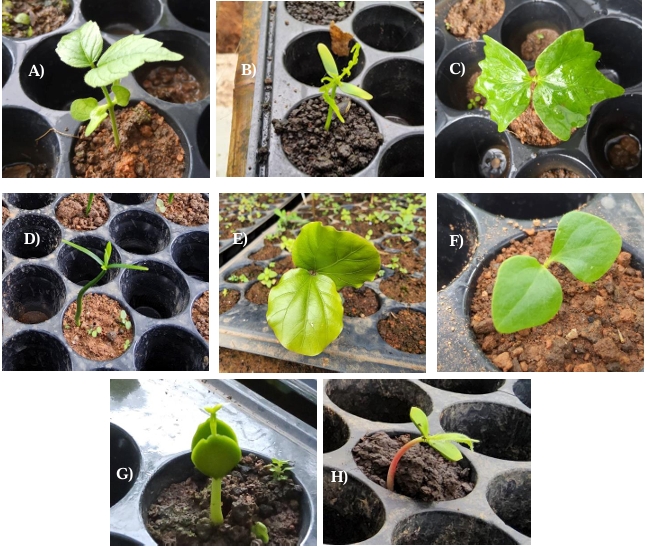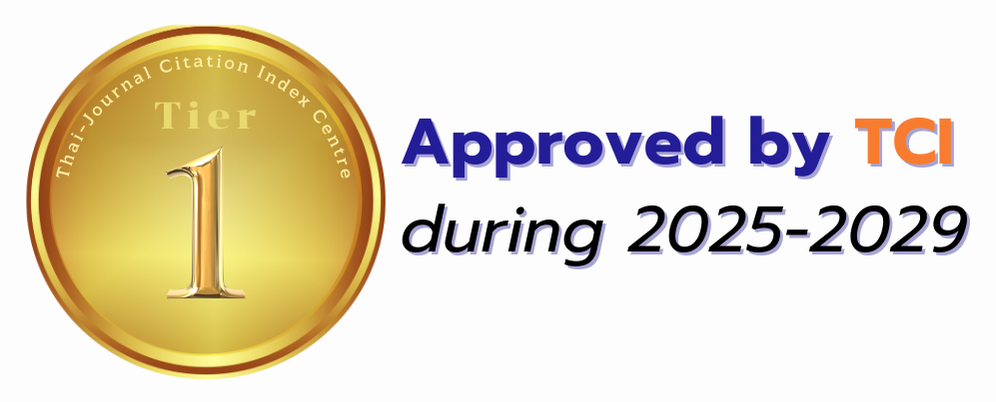Growth and Morphology of Tree Seedlings in Lower Montane Forest at Doi Suthep-Pui National Park
Keywords:
Seed morphology, forest restoration, germination rate, type of germinationAbstract
Background and Objectives: Seedlings growth and morphological characteristics are important for selecting for forest restoration and biodiversity conservation. This study aimed to clarify seed germination rate and seedling growth, while, morphological characters use for dichotomous key in lower montane forest at Doi Suthep-Pui National Park, Chiang Mai Province.
Methodology: Seeds of fruited tree species in the permanent plot and surrounding were collected, total of 38 species, 34 genera, and 23 families. All seeds size and weight were measured, then, seed germination rate was done in the nursery. Germination patterns were recorded using cotyledon leaf. Seedling height and root collar growth, and survival were monitored every 7 day. Germination rate, growth and survival of seedlings and dichotomous key were analyzed.
Main Result: Only 16 species of 12 genera and 12 families had germinated which species of Podocarpus neriifolius had highest germination rate (100%), followed by Prunus cerasoides (87%), and Ailanthus triphysa (73%). Two seed germination types were detected; epigeal (cotyledons emerge above the soil), 10 species, and hypogeal (cotyledons remain below the soil), 6 species. Eight cotyledon leaf shapes were categorized which divided into simple leaf (11 species) and compound leaves (5 species). Leaf arrangements were classified into three types: opposite (2 species), alternate (9 species), and whorled (5 species). This information is useful for dichotomous key establishment.
Conclusion: The potential of seed germination and seedling survival are important on selecting appropriate species for preparing seedlings for forest restoration. The seedling dichotomous key obtained from the study is useful for collecting seedlings that found in forest understories. Therefore, selecting species with high germination rates, low mortality rates, and fast-growing species, such as Prunus cerasoides, is a key criterion in choosing suitable species for forest restoration. This species can be used as nurse trees to facilitate the suitable environments on establishment of native trees.
Downloads



.png)





